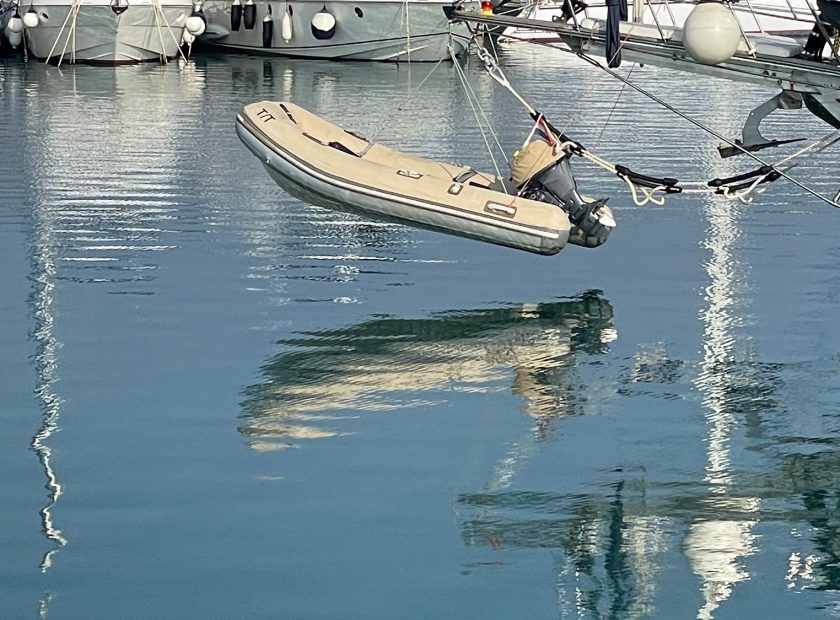What Does This Mean for Skippers, Sailors, and Boaters?
Croatia’s entry into the Schengen Area at the beginning of 2023 marks a significant development for sailors and boaters visiting the country. This decision not only simplifies international travel but also brings numerous benefits to the entire nautical tourism sector.
With Croatia joining the Schengen Zone, maritime border controls have been eliminated. Boaters who obtain their vignette (navigation permit) online can now sail directly to their chosen port without the previous requirement to check in at designated border entry points.
Navigation Permit Online
You can obtain both the Yacht Vignette (Navigation Permit) and pay the Tourist Tax online through our website. Please note that Croatia’s entry into the Schengen Area does not change the obligation to pay the navigation safety fee (vignette) and the tourist tax.
Entry procedures for vessels flying the flag of a Schengen or EU member state have been significantly simplified—essentially deregulated. The same applies to vessels flying a non-Schengen flag that are entering Croatia directly from a Schengen country.
Border controls
Crew members arriving in or departing from Croatia to or from a Schengen port—even if passing through international waters—are no longer subject to border checks and may enter any port, including those that are not official border entry points, unless a risk analysis determines that border control is necessary in a specific case.
However, border formalities still apply when entering Croatia from, or departing to, a non-Schengen country.
What Does This Mean in Practice?
Sailing Within Schengen
Let’s take the example of a yacht or boat moored in a Slovenian marina near Croatian territorial waters. Previously, to enter a Croatian port or anchor in a Croatian bay, it was necessary to first sail to Piran to complete border control procedures before proceeding to Umag. Upon arrival in Umag, the skipper then had to visit the border office again to complete ID and vessel documentation checks.
The same process had to be repeated on the return journey. During the summer season, this often meant losing several hours—and even more time during weekends. As a result, many sailors from Slovenia or nearby Italy chose not to sail to Croatia for short weekend trips to avoid spending a large portion of their leisure time on border formalities.
Sailing Outside Schengen
If you are sailing outside the Schengen Area to a third country, such as Montenegro or Albania, you are required to stop at a border checkpoint and complete exit procedures before leaving Croatian territorial waters. Upon returning to a Schengen country—whether Croatia or another Schengen member such as Greece—you must undergo entry procedures.
However, if you are sailing between Greece and Croatia via international waters, this is considered travel within the Schengen Area, and no entry or exit procedures are required.
Of course, the requirement to pay the navigation safety fee (vignette/permit) and the tourist tax remains in place. However, by obtaining your vignette online through our website, you are no longer required to stop at a port for check-in. Instead, you can sail directly to your ideal bay and begin your adventure.


